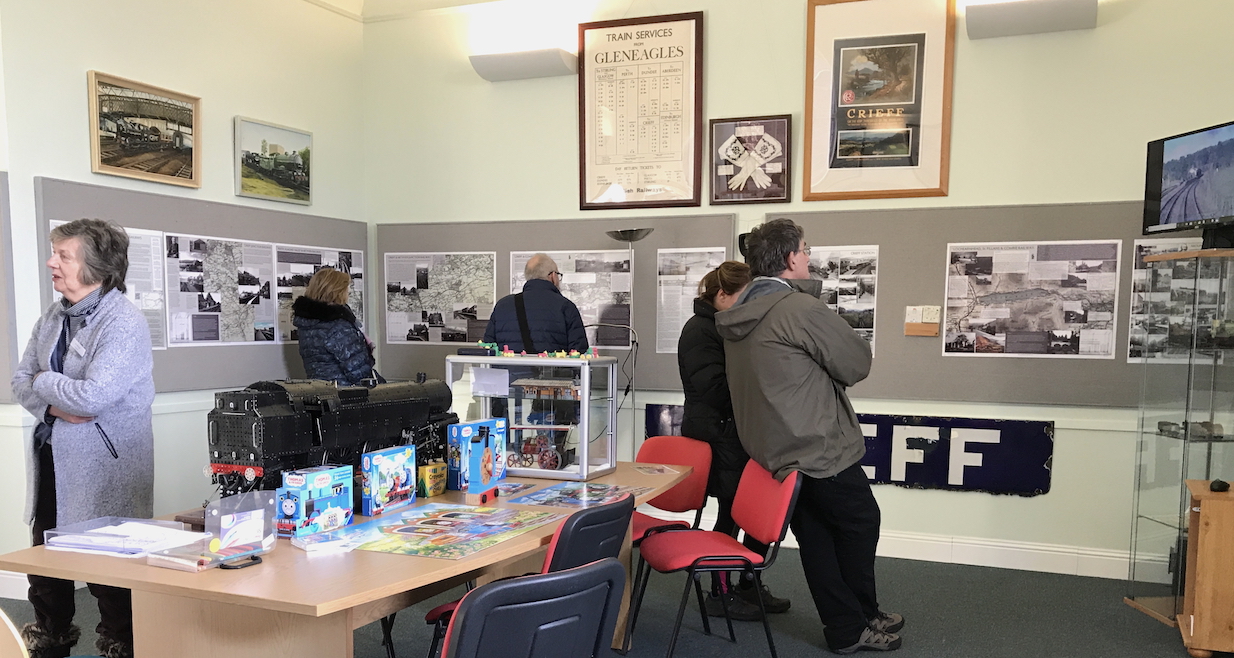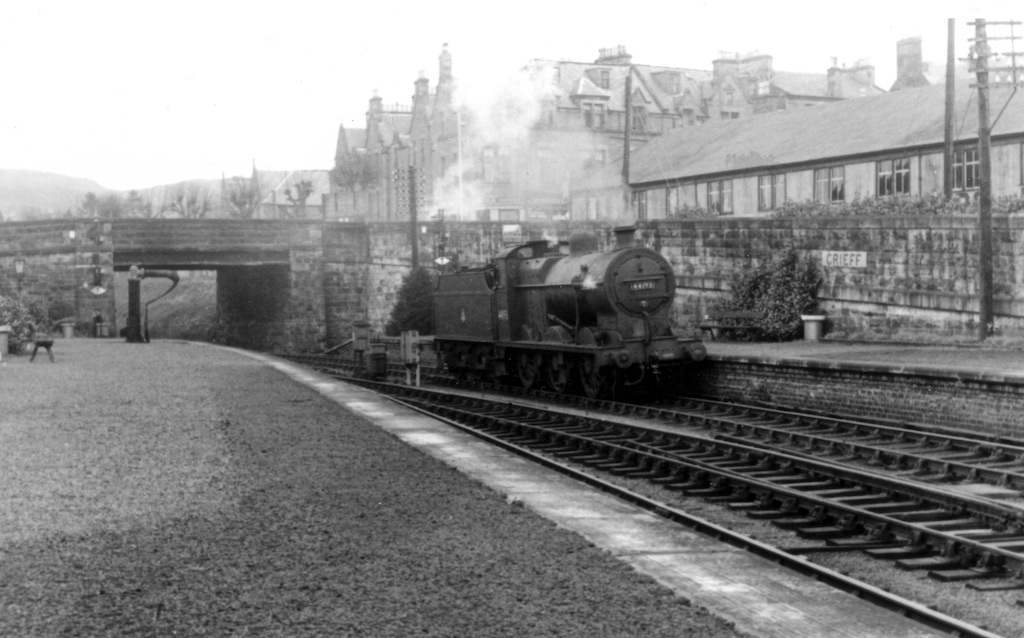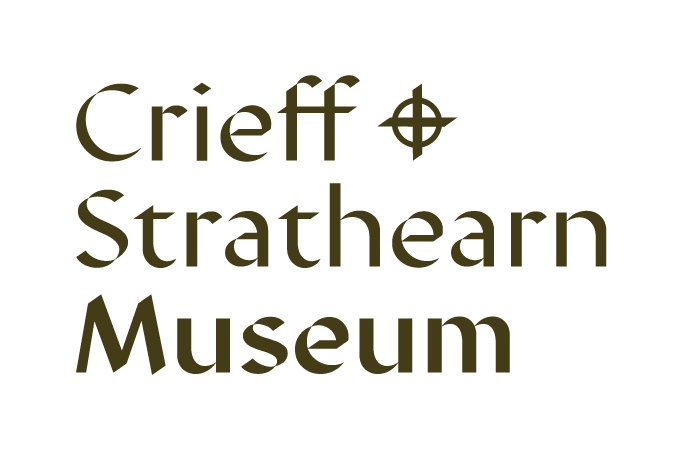November 2019
Strathearn's Railways Exhibition 3
17/11/19 12:36

The somewhat poignant story of the Railway era for Crieff and Strathearn was told in a series of detailed descriptive posters. Pictures of wonderful old engines, noisy, smoky beasts of their time, pulling into the surprisingly large station at Crieff. Trains with 4 or 5 carriages were shown chugging along the tracks on the way from Perth or Gleneagles, carrying passengers to far away places like St Fillans, Lochearnhead or even further west and into the Highlands.
Several posters depicted some of the many small stations on the route, such as the Dalchonzie and Highlandman stops. We recognised well known local areas that were linked together - all too briefly. For a period of just over 100 years the railways were planned, then constructed and built up to connect the Crieff and Strathearn area, and bring prosperity to the town, and beyond. Before a 100 years had passed, closures had already begun, and the very last train - a small, single carriage ‘bus’ linking Crieff to Gleneagles - finally trundled along the tracks, bringing a sad end to an era, the like of which we probably will not see again.
An army of volunteers together with the Trustees of Crieff & Strathearn Museum came together to enable hundreds of visitors to enjoy the shared nostalgia. People told of their own childhood experiences. A model engine built from Meccano was a popular exhibit and it showed what a steam engine really looked like. There were other interesting exhibits, such as the silver spade used to dig the first turf for the construction of the Crieff to Comrie line. There were original station posters, timetables and tickets. Luggage, a trolly, various lamps, and a Station Master’s cap all made up an exhibition which entertained and educated, and which has been widely acclaimed as a Crieff & Strathearn Museum success.
Ann McIntosh
Strathearn's Railways Exhibition 2
16/11/19 18:32
The museum exhibition's centre piece was a huge Meccano model of a 2-6-4 tank engine, built by Alan Blair and which he kindly let us borrow for the week. Alan came in now and then to get it running…
[Image to be updated]
[Image to be updated]
C&SM gets new graphics
12/11/19 14:30

Crieff & Strathearn Museum now has new graphics. Here is the logo. Look out for it in the weeks to come.
Strathearn's Railways Exhibition 1
08/11/19 12:50

Fifty years after the closure of the Waverley Line and of the St. Andrews Railway we, as a nation, are taking stock of what we lost with the closure of a large proportion of our railway lines and, in particular, after the Beeching Reports of 1963 and 1965. There had been a steady shrinking of the lines from the 1930s which reflected the economic decline and changes in society but, between 1950 and 1973, a dramatic shift occurred when 7000 miles of railway line were taken out of service across the UK.
From 1st October 1951, the line west of Comrie to Balquhidder was closed to all traffic, while Crieff to Perth was closed the same day to Passenger traffic. Two months prior to the Forth Road Bridge opening in 1964, the last passenger train ran in Upper Strathearn, with the controversial closure of the railway between Gleneagles and Comrie, leaving the goods-only line from Crieff to Perth via Madderty as the last rail link, which hung on until September 1967. The coal deliveries from distant collieries, which were a primary reason for the railways' existence, had to switch to the road.
Although times and circumstances change, it is still being argued that the Strathearn railways were the life blood of the area. Because of the loss of the land over which key sections of railway ran, we can now only guess at what a difference it would make to have these transport links again but there is an abiding sense that everyone mourns their loss. Those of us who remember travelling by steam, seeing the trains stopping at halts along the way to pick up milk or fruit or other local produce will feel sad about the passing of a way of life which can never come again. Few things are as evocative of the post-war rural idyll as a distant whistle and a thick plume of white smoke bending over fields and woods.
Crieff & Strathearn Museum assembled stories, images and artefacts from the times of Strathearn’s railways for a free, public exhibition which was held in the upstairs chamber of the Old Town Hall in Crieff between the 9th and the 16th of November. This exhibition would not have been possible without the enthusiasm and hard work of David Ferguson, who provided most of the material used in our posters and artefacts on display.
